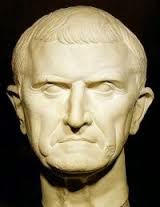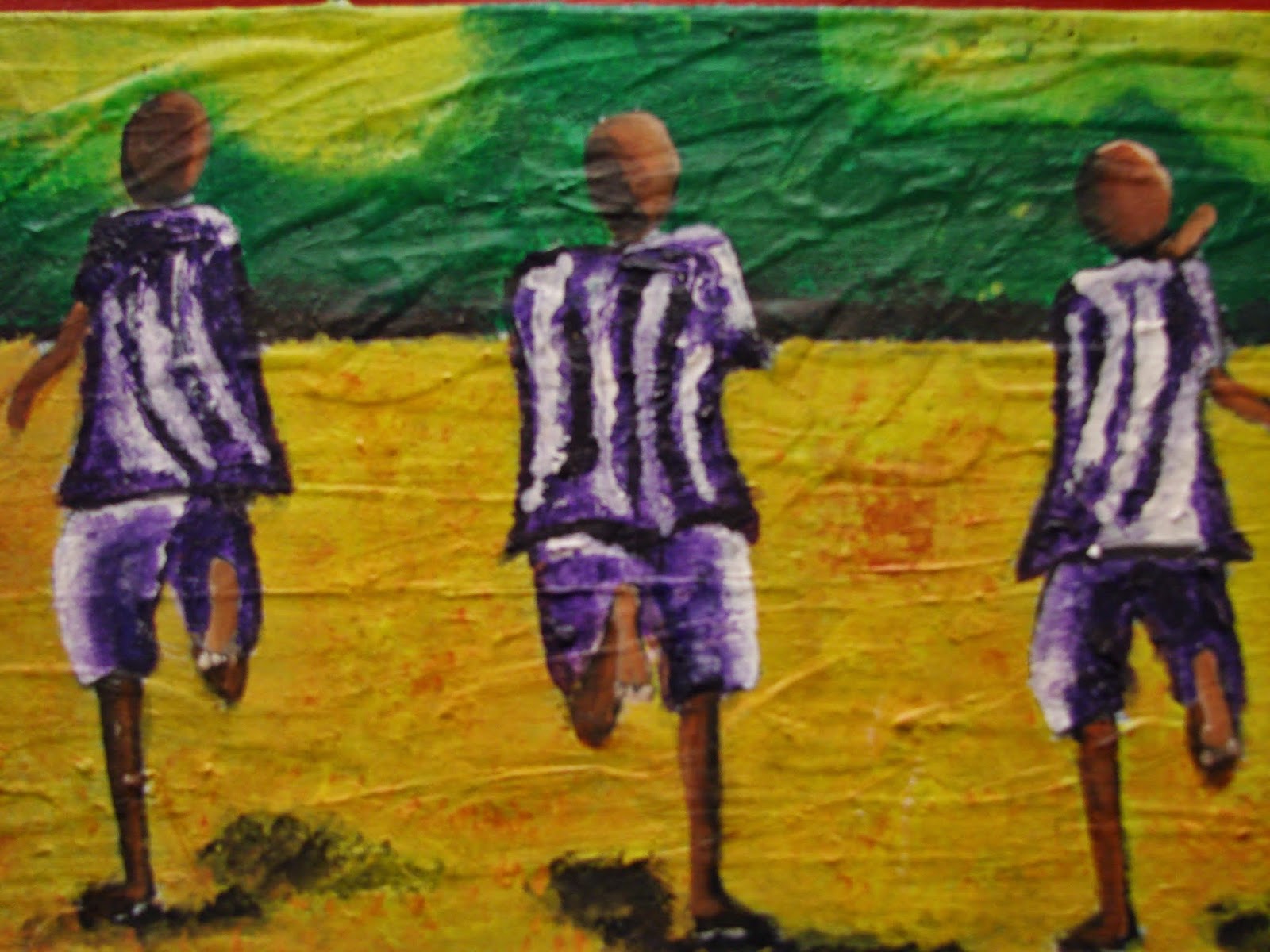 |
| Portrait of Dr. Gachet, van Gogh (1890) First version |
The Portrait of Dr. Gachet, by Cynthia Saltzman, came out in 1998. This unusual book traces the provenance history of a portrait that Vincent van Gogh painted of his doctor in 1890, shortly before he took his own life. Saltzman provides us with the context and circumstances of the portrait’s creation, focusing on the first of two versions which van Gogh painted, the profiles of the people involved in the many transactions that marked its history and the state of the art market in Western Europe at the beginning of the 20th century.
The story begins when Vincent van Gogh is 37 years old and had already created a large body of work, amounting to over 600 paintings and drawings. Even though he had not made any profit from his paintings, his brother Theo received his works, while he was based in Paris, acting as Vincent’s dealer. Their close relationship comes out clearly in the letters that Vincent and Theo exchanged during the years, which also shed light on other close relationships that van Gogh had built with other artists of his time, such as Gauguin, Signac, Pissarro, etc. Pissarro recommended that Dr. Gachet look after Vincent’s health which had deteriorated. There are still many theories on van Gogh’s diagnosis. Although we will probably never know exactly what he suffered from, the more plausible theories center on acute mania with hallucinations, depression and melancholia. He met Dr. Gachet on May 20, 1890 and immediately realized that Gachet could not help him; at times Vincent was concerned that the doctor might be more ill than he was. Nevertheless, by June 3, van Gogh had started painting his portrait. Art historical analysis and research into the iconography and history of styles tells us that the portrait is not a simple objective portrait of the doctor. Van Gogh drew his inspiration for this work from two sources. The first one was Delacroix’s Tasso in the Hospital of St. Anna, Ferrara (1839) and the other was Puvis de Chavannes’s Portrait of Eugène Benon (1882). Ever since its conception, the painting has never been viewed as just a portrait. It embodies the artist’s philosophy regarding his work. The general consensus is that it should be read on a symbolic level.
 |
| Vincent van Gogh |
The period from January to July 1890 was a troubled time for Van Gogh. His condition worsened in the days that led up to July 28th when he shot himself with a revolver. Van Gogh died the next day, soon after Theo had reached Auvers-sur-Oise, a small town north of Paris. Theo inherited approximately 600 works produced by his brother, from which about 70 were produced during his time in Auvers. The Portrait of Dr. Gachet was among them. Theo moved the Auvers paintings to Paris, together with the 600 paintings and 350 drawings already in his possession. Theo struggled between trying to sell his brother’s works and trying to get him the recognition he believed he deserved while keeping his own health. Paul Durand-Ruel refused to help Theo sell any paintings, so Theo’s only option was to hang the works in hi
.png) |
| Theo van Gogh |
 |
| Johanna van Gogh-Bonger |
In 1893, the first request to exhibit the Portrait of Dr. Gachet came from a Danish group called Free Exhibition (Den Frie Udstilling) founded in 1891 and headed by Johan Rohde. He considered van Gogh to be 'the greatest Dutch painter of the century’. The portrait was selected along with twenty other paintings and was singled out by critics who interpreted it as symbolic rather than an accurate description of the sitter. The choice to include works from van Gogh and Gauguin in the exhibition in Copenhagen, was not only a testimony of growing interest in these artists, but also of a rising appreciation for the French avant-garde throughout northern Europe. Most of the works on display were for sale, but The Portrait of Dr. Gachet was not one of them.
Durand-Ruel could not or did not want to sell van Gogh paintings. Even when he agreed to take some works on consignment from Johanna, he ended up returning all of them. The only other person in Paris selling van Goghs was the Tanguy family who owned a paint shop and to whom Theo had consigned works which they ended up keeping, since there was no full inventory of these works. But in the French art market, these works were fetching less than half the price of their equivalents in the Dutch art market. At a Hôtel Druout sale organized to benefit Julien Tanguy's widow, two van Gogh paintings came up for sale and Ambroise Vollard bought one of them. At that time, Vollard had barely entered the Paris art market. His gallery space was tiny but strategically placed among the more important galleries, close to Durand-Ruel and Benheim-Jeune. Soon Vollard contacted Johanna and asked her for some paintings with the intentions of exhibiting them. He sold one of these paintings, Salle de Restaurant. A larger exhibition was organized in November 1896, and included the Portrait of Dr. Gachet, which hadn’t been seen in Paris since it hung in Theo’s apartment before his death. Vollard bought the portrait along with 5 other paintings and 10 drawings for 2000 francs. The sale of these paintings market the end of Johanna’s dealings with Vollard. That being said, Vollard kept selling van Gogh’s that he was acquiring from other sources, filling the gap left in the market by Theo’s death.
Alice Ruben was an artist and occasional member of Copenhagen’s Free Exhibition Group when she first came across van Gogh’s work. Upon a visit to Paris, Alice Ruben saw the portrait in Vollard’s new gallery in 1897 and bought it. Vollard’s sparse records indicate at least one payment of 200 francs on April 30, 1897 but there are no further records concerning the finalization of the transaction. Alice and her husband brought the picture back to Denmark. Her family’s upper-middle-class roots gave her financial stability that allowed her to collect contemporary art. She spoke a number of languages and had multiple connections in the art world. She knew Johan Rohde and many avant-garde Danish artists. It still is not known to us why Alice chose the Portrait of Dr. Gachet in particular, but she certainly appreciated it a great deal. The photograph below depicts Alice lying in bed. Resting on her night stand is the Portrait of Dr. Gachet along with a painting of mother and child by Maurice Denis.
 |
| Alice Ruben in bed next to Dr. Gachet |
 |
| Mogens Ballin and his wife, by Felix Vallotton |
(to be contined)...






























